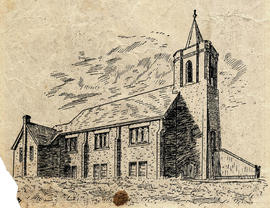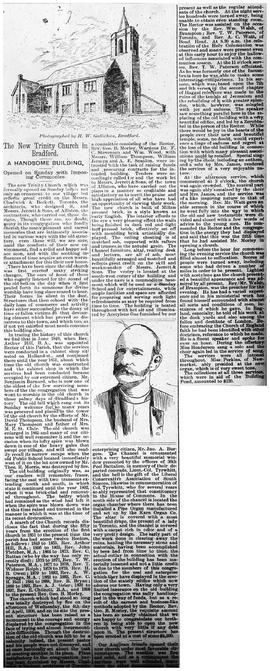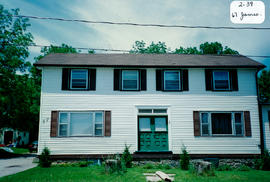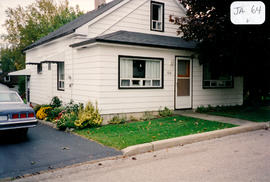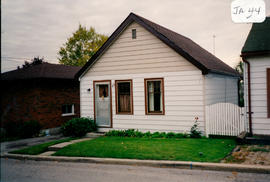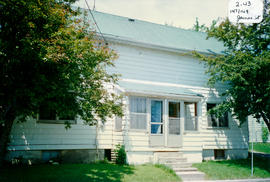The Broughton House is a mid-block building located at 67 James Street. It was built pre-1900 in the Neoclassical Duplex style. This structure was the home of the Post Master (H.S. Broughton) many years ago.
The two-storey, rectangular building has a simple form with a shallow-pitched, gable roof and a centre hall plan. It has a four-bay organization. This is similar to typical, duplex arrangements with an even number of bays. The paired front doors (with transom above) are original. They are half glazed with decorative panelling below. Originally, the building had a wide, front verandah with a shed roof. The broad entrance has been remodelled and is now non-functional. First-floor windows were originally in the same pattern as those on the second floor. Metal siding and shutters conceal alterations to the original building. The original construction was probably wood frame with wood cove siding. There is a parged, stone foundation and a cellar. Originally, chimneys were placed symmetrically at each end of the gable roof. According to the 2000 inventory, other than the building’s basic form, few original features remain. (1, 3)

